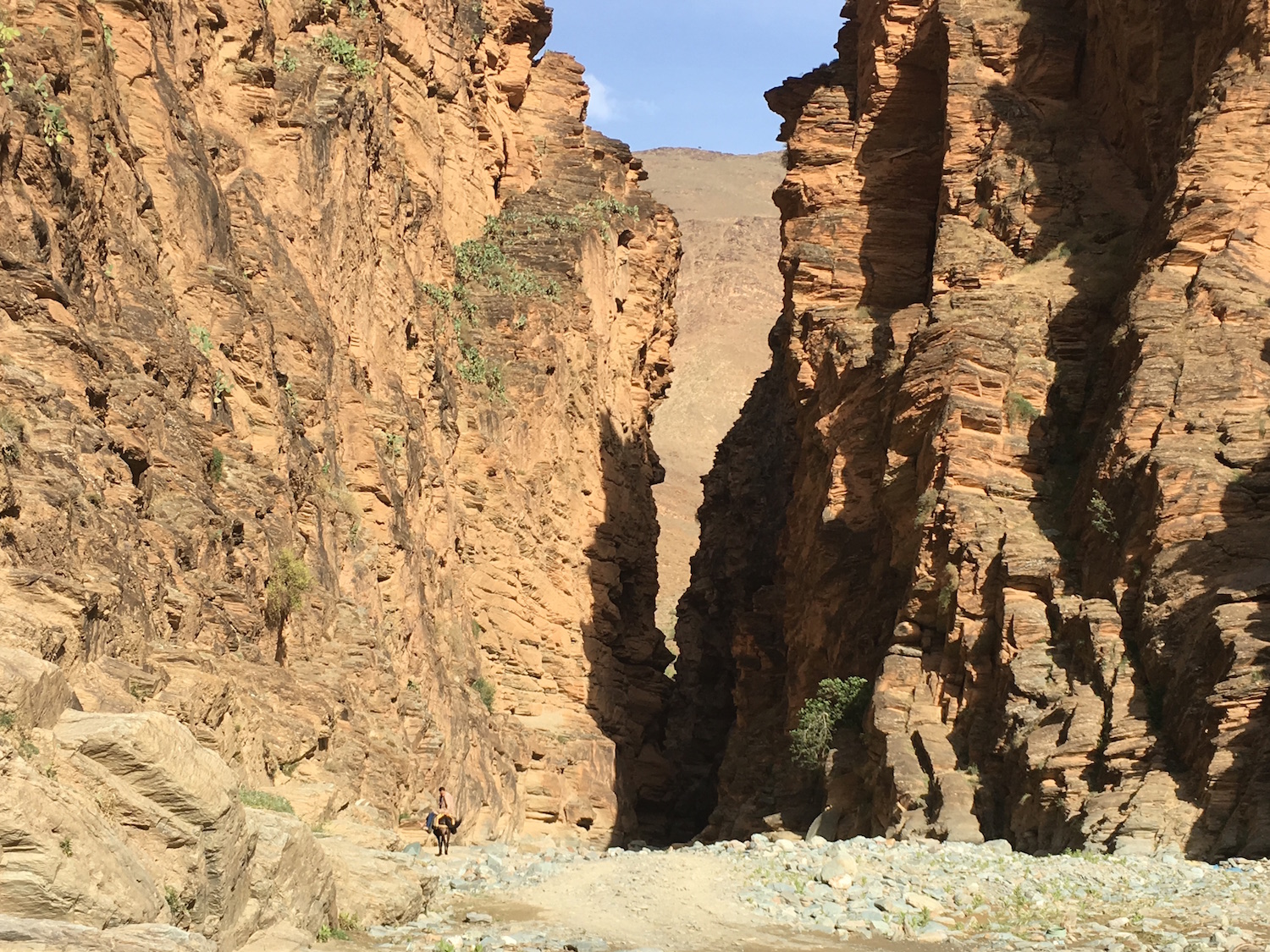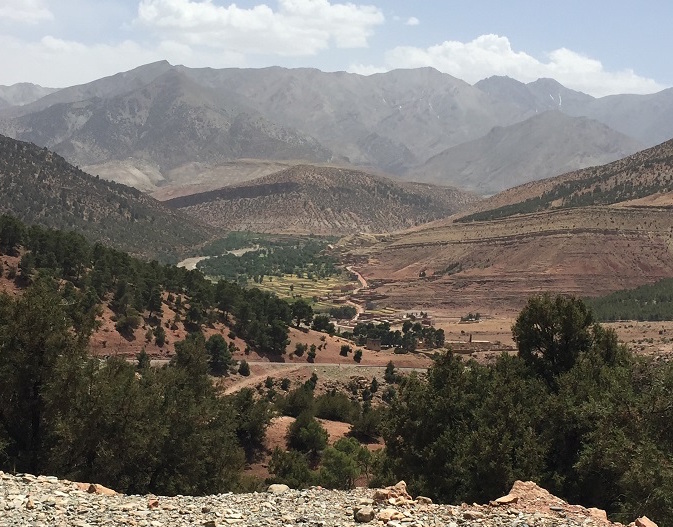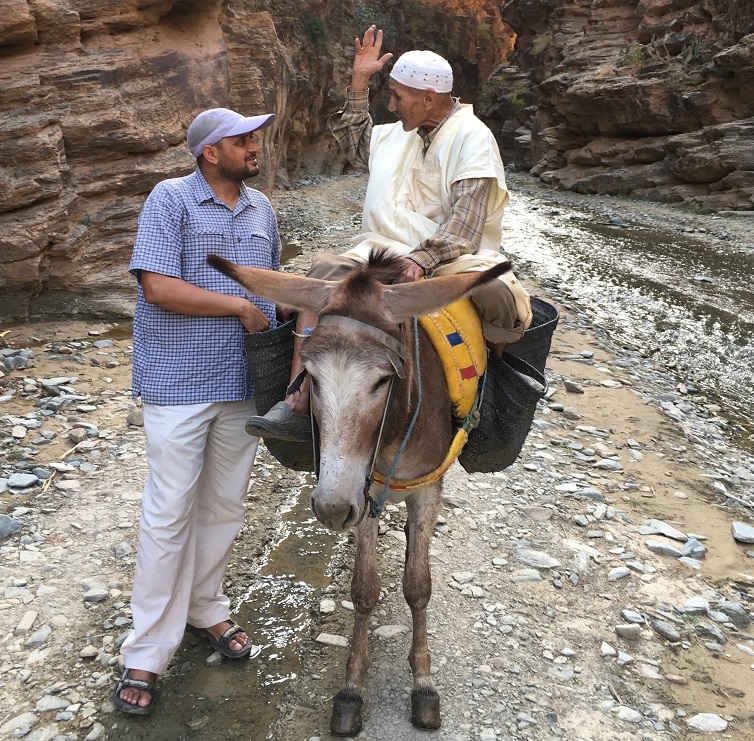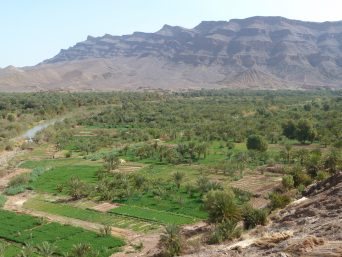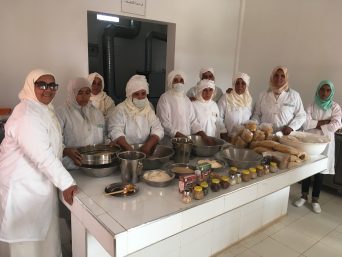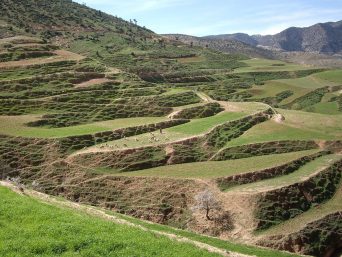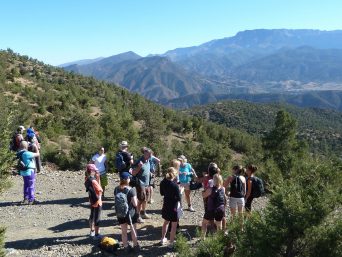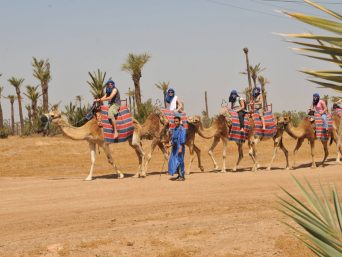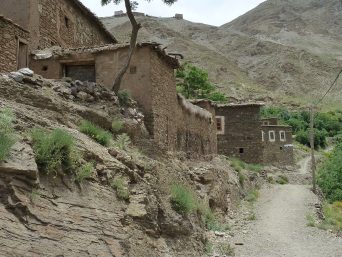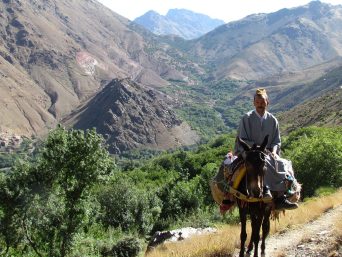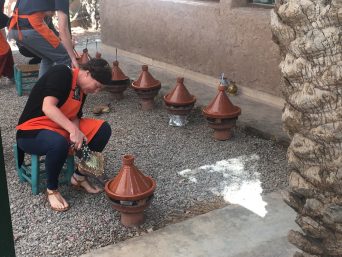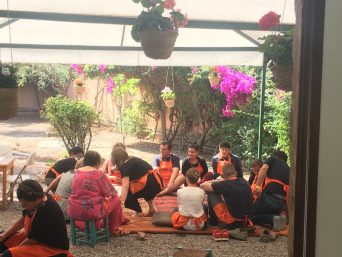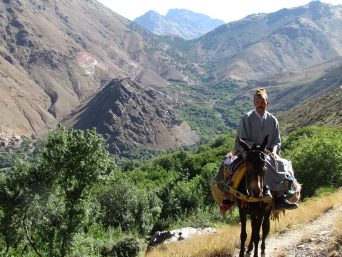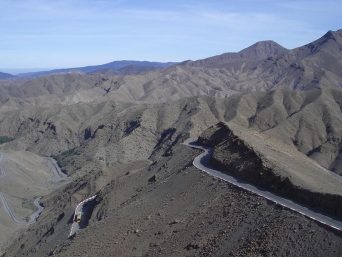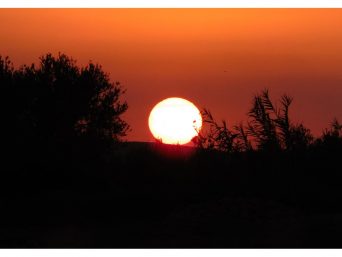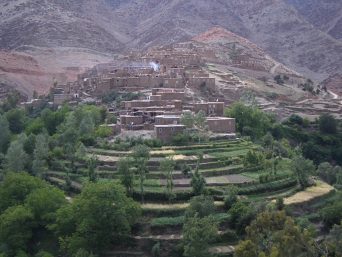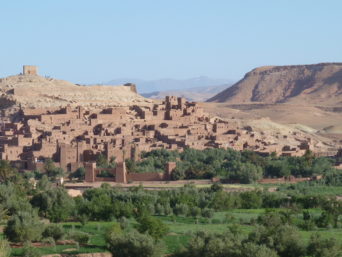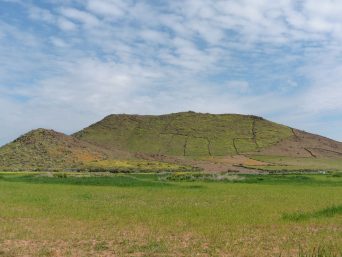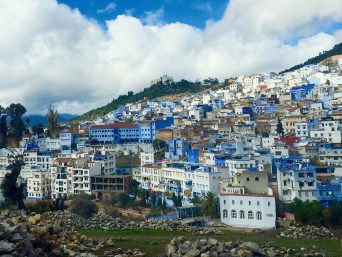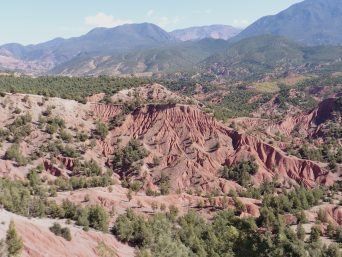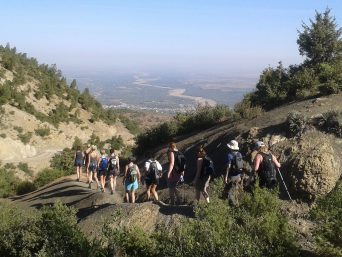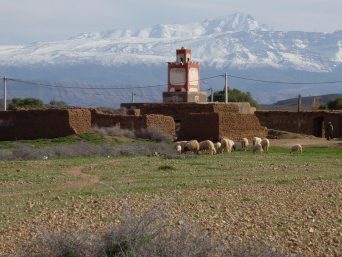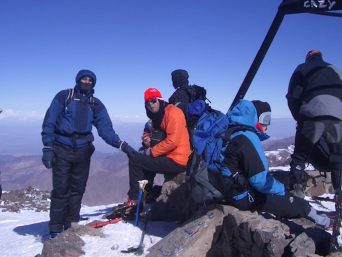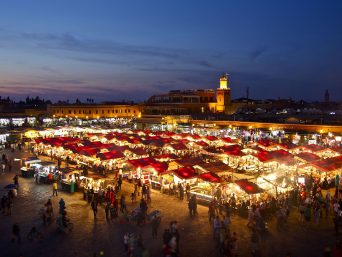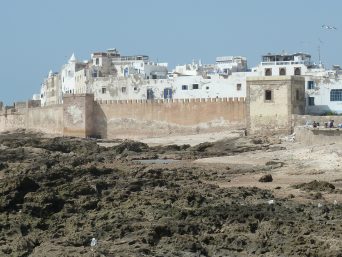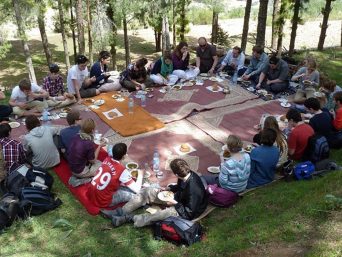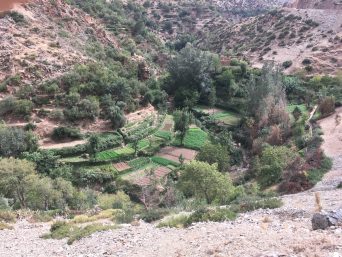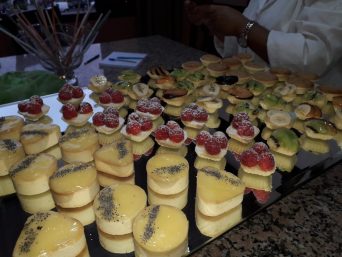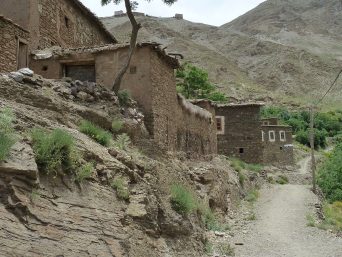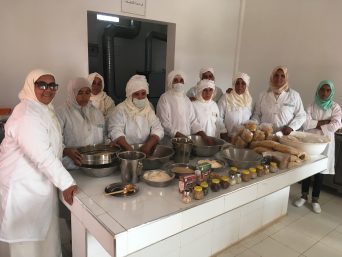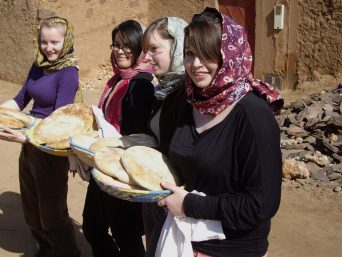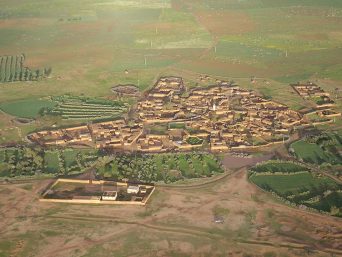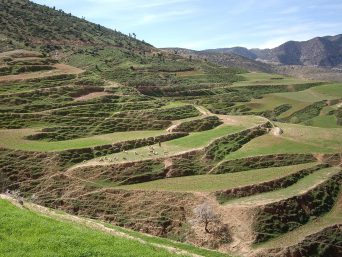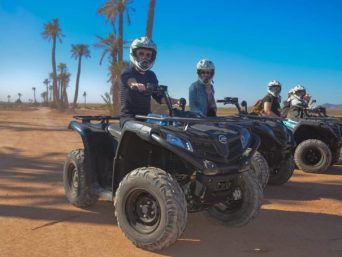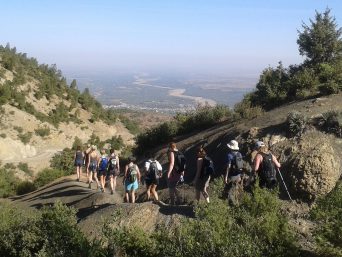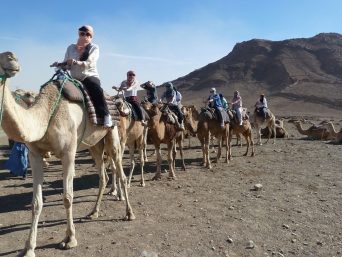Epic journeys
Tour Overview
Our Magical Tour is just that, completely magical!
The Magical Tour takes you deep in to the High Atlas mountains, amongst remote Berber communities and landscapes.
Few outsiders travel here, adding to the mystery and the magic. Let's keep it our secret too; it is a very special journey !
You will partly travel on piste (unsurfaced) roads that lead to the remotest of places, the most magical of places.
We use 4x4 vehicles but you may feel as if you are travelling on a magic carpet on this tour, such is the wonder and delight of it all.
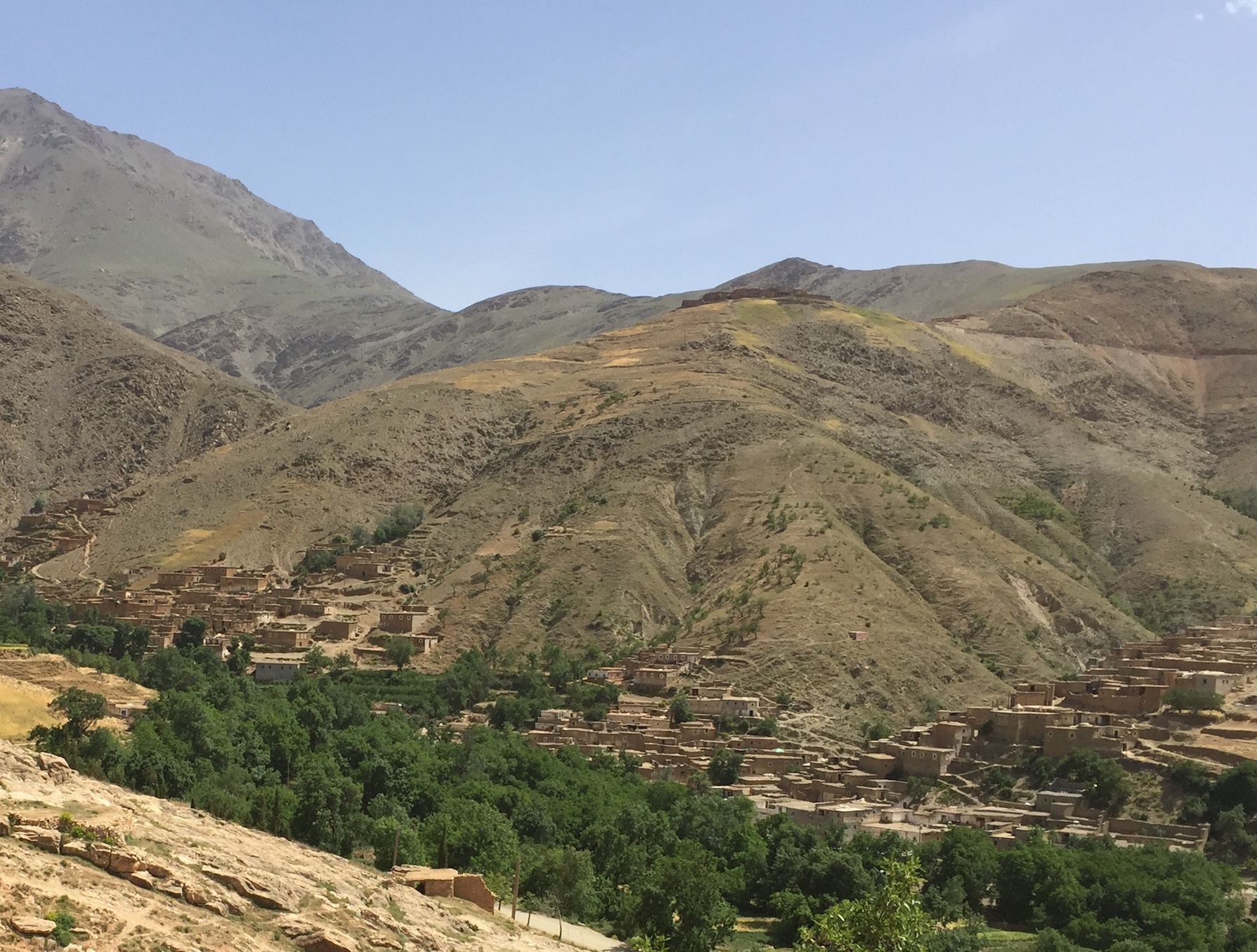
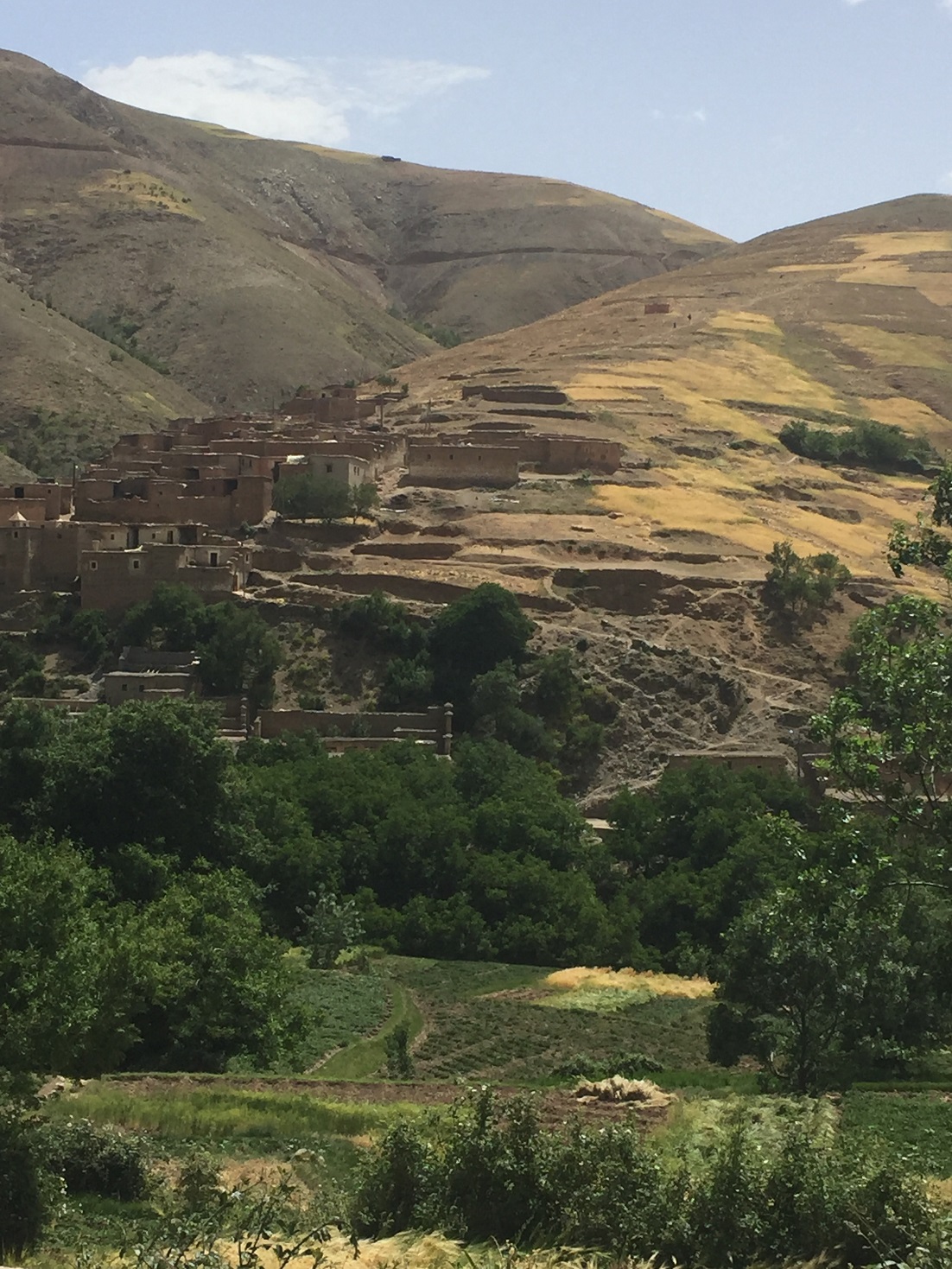
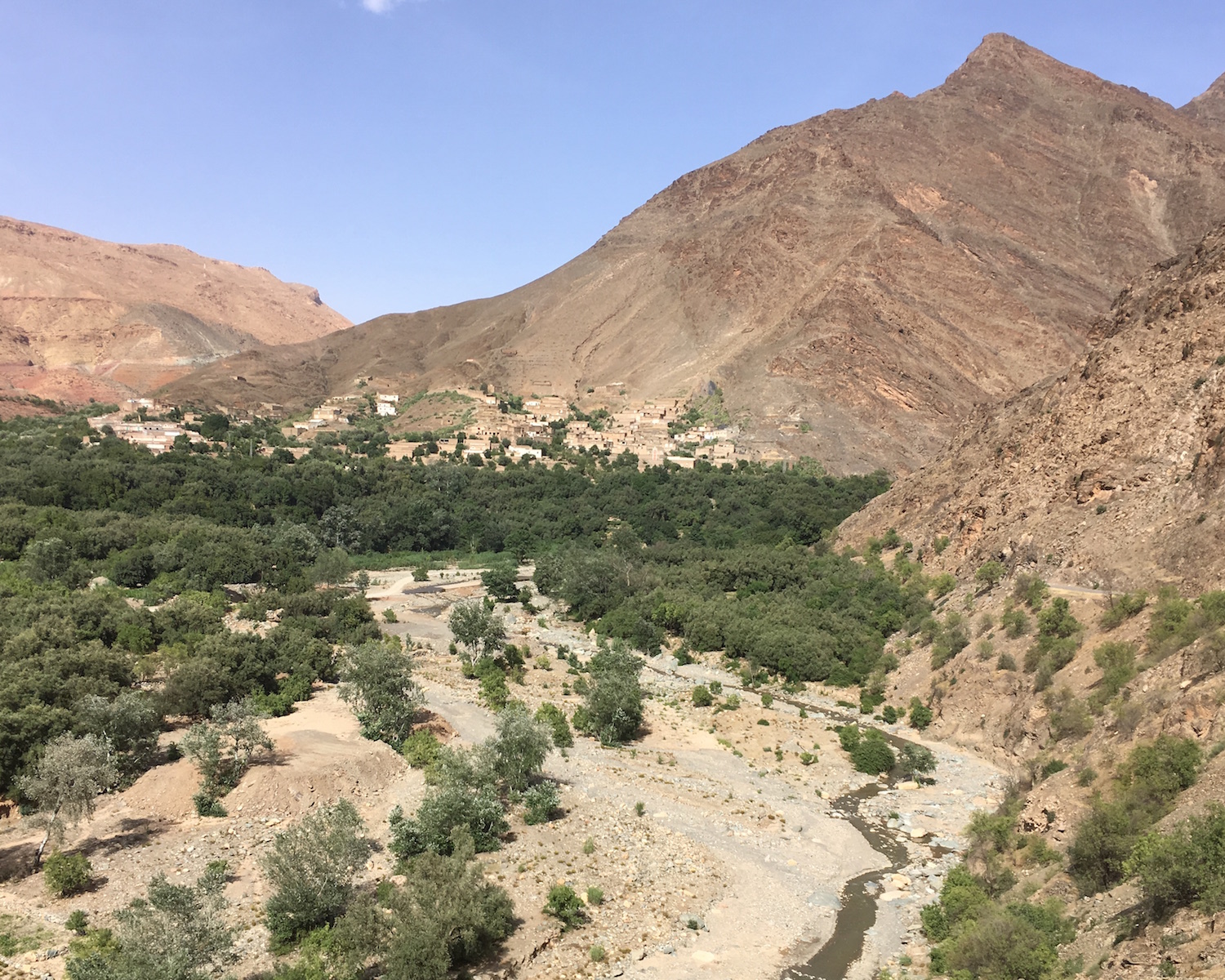
Our Magical Tour is just that, completely magical !
-
- Spectacular High Atlas sceneries
- Scenes of Berber life and Berber activities
- Traditional food and tea drinking in Berber homes
- Isolation, tranquility and solitude
- The "Mouth of the Earth" Canyon
- Chance encounters
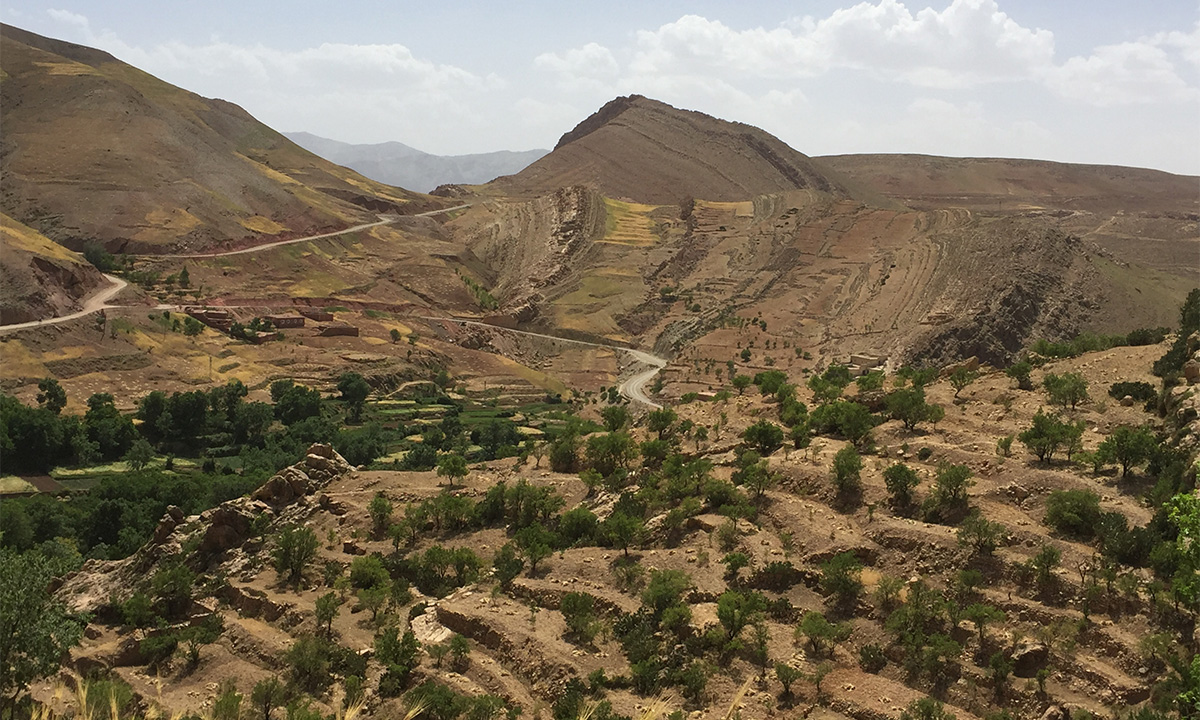
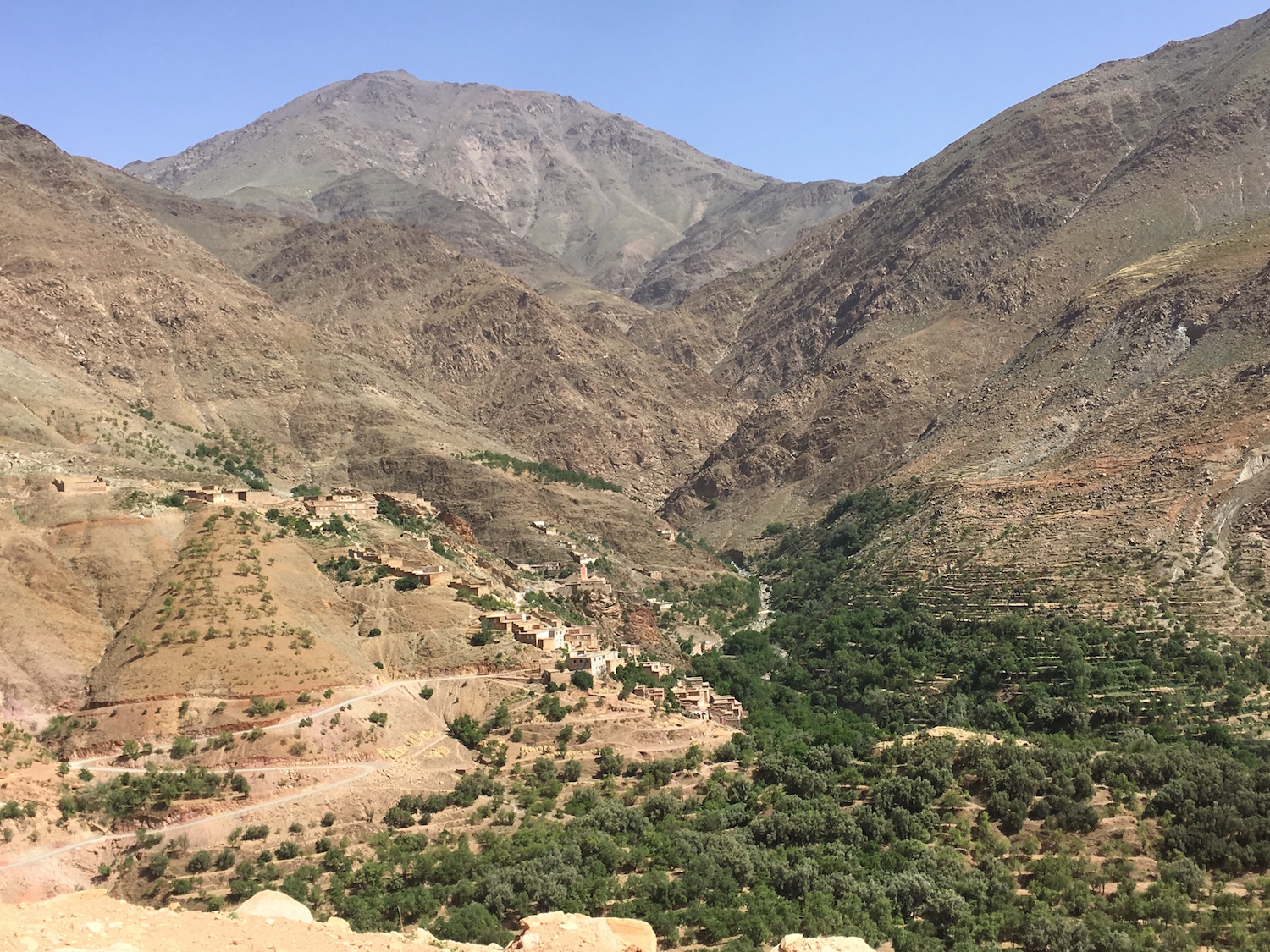
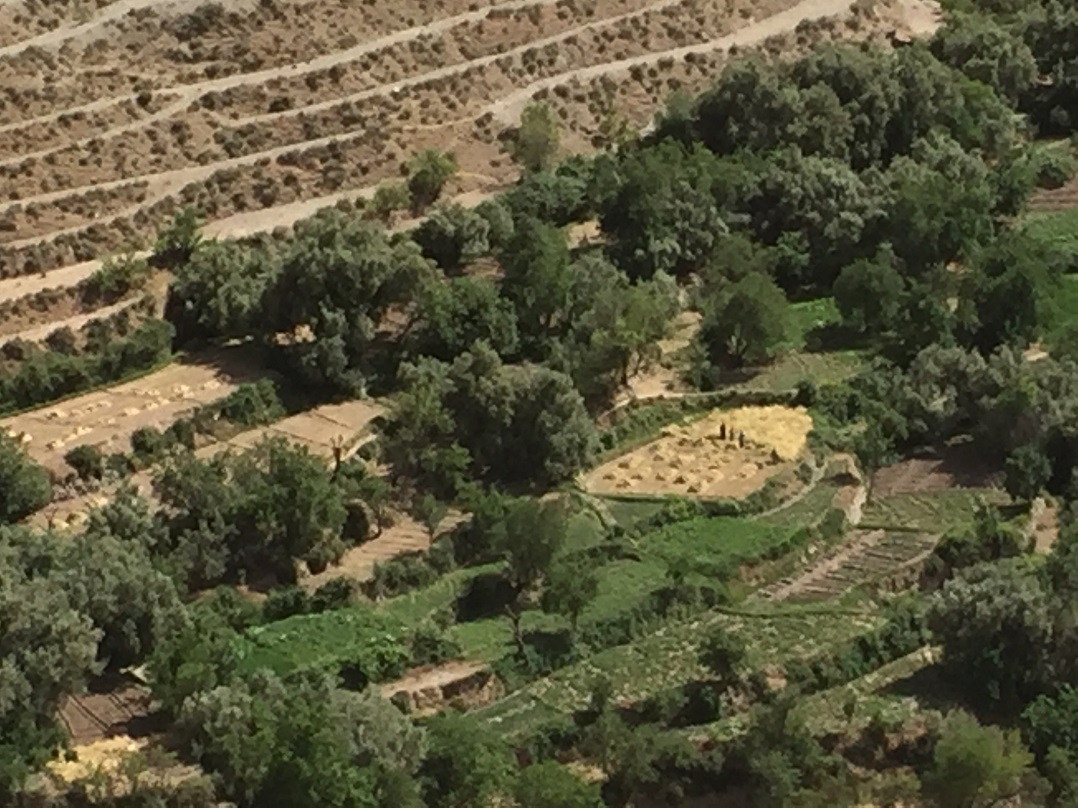
THE DAY'S ITINERARY
Amizmiz is a small, lively, rural market town and service centre. Amizmiz serves the many surrounding farms where almonds, walnuts and olives are grown. Water is usually sufficient here and the intricate small-scale irrigation systems are seen.
The town itself has interesting shops and stalls and on market day (Tuesdays) it can be very busy as goods and gossip are exchanged.
On leaving Amizmiz, the tour heads ever higher and deeper in to the High Atlas.
We head towards Azgour and travel long the Anogal Valley. Here there are walnut almond trees amongst the terraced fields of vegetables, barley and wheat.
Here the water cut river valleys are still wide and grand and expansive views are gained as we climb.
Distant bare rock mountian tops, forested middle slopes and cultivated valley floors are great contrasts.
It is remarkable to see how the Berber people can live off this land, rocky land, steep land, high land. Many Berber villages are seen, some located in dramatic hilltop situations.
Seasonal activities are captivating e.g. the barley harvest in late May/early June. Families, communities, are all pout-and-about, hand harvesting, often with our even the use of sickles.
Patient donkeys stand around, waiting, knowing that their contribution to the village's survival will soon come, taking the harvest back home to the farmstead.
Ascending higher and higher, the "bare bones" of the High Atlas geology are all around and so plain to see.
Uplifted sedimentary rocks, in their varied tones, textures and types, are fascinating - how were they formed, how did they arrive here, how will they change further with time.
But it is the weathering of these rocks that have given the area its skeletal soils, soils that are just enough on which to survive (if you have Berber know-how).
As the High Atlas valleys tighten and steepen, many Berber villages are seen, naturally nestled into the landscape.
In sheltered locations - these can be wild, windy, snowy places in the winter months - Berber villages are located to maximise on the positives of their geographical location.
Running on the narrow valley floors are life giving streams, their waters essential for both the irrigation of small plots of land used to grow vegetables, fruits and nuts as well as for domestic use and for antimals.
Traditional Berber buildings are made from sun baked clay bricks along with stone. Often built close together, this offers valuable shade in the hot summer months.
The scene opposite shows a classic High Atlas Berber community.
On the rocky, bare uplands there is grain for sheep and goats.
Coming lower down a little are the golden fields of cereal crops, so essential for the baking of Berber bread (not only totally delicious but baked in a very special way in an area where firewood is either scare or difficult to gather).
Then, below this is the Berber village itself. Located to be sheltered, it avoids the valley floor. The valley floor is where the best land is to be found so this cannot be lost beneath buildings. Also, seasonal floods can be quite frequent so best to avoid the land next to the stream
Finally, in the foreground of the picture is the most fertile area, the area that has access to stream water to irrigate the small plots of vegetables, fruits and nuts. It is startling just how productive this land is, considering the location and level of technology available here.
Once across the Azgour Valley there is the opportunity (Monday) to drop in on the weekly Berber market.
The tour continues to the Berber village of Adaghas (2,000 m). There we have lunch in a cosy, traditional auberge. The view is outstanding from here with many high Atlas peaks to be seen, including Toubkal, the highest peak of the High Atlas (4,167m).
After lunch this magical, sinuous tour continues! We head towards Imi-n-dounit village, passing many villages on the way (such as Douzro, Tagadirt, Ighizaran, Ibardaten, Adassil, Mjdid, Maghossa, Irgan warshan) and eventually arriving in Imi-n-dounit in mid afternoon. Depending on the season, many activities will be seen. Perhaps it will be the land being prepared and cultivated in October or the barley harvest taking place in May when busy Berber families (and patient donkeys) cut the brittle stalks by hand, gathering another’s year’s essential crop, a scene many centuries old.
Imi-n-dounit really is the end of the road! From here an easy, short little walk takes us down to a river’s edge and there we see it, the “Mouth of the Earth”, a steep sided, water cut gorge. Magical? It most certainly is. Using steppingstones and simple “bridges” we can pass though this gorge and enter an area of awesome tranquility. Where is Marrakech now, its clamor and noise? This is a place to sit and to take in the beauty of nature.
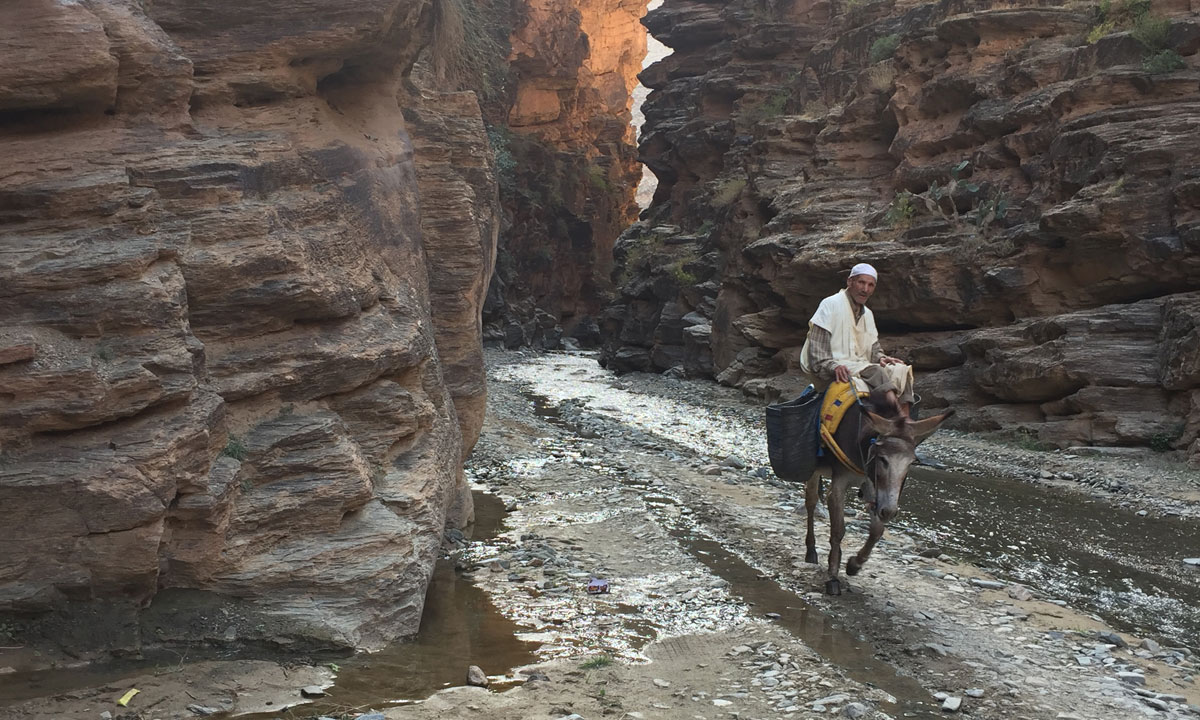
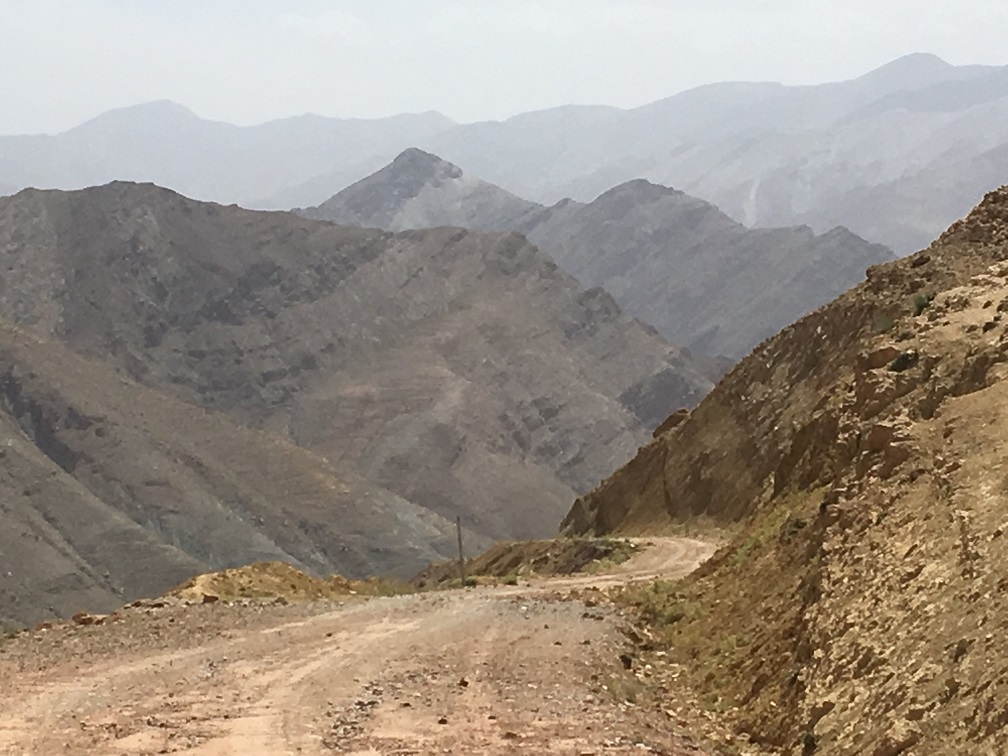
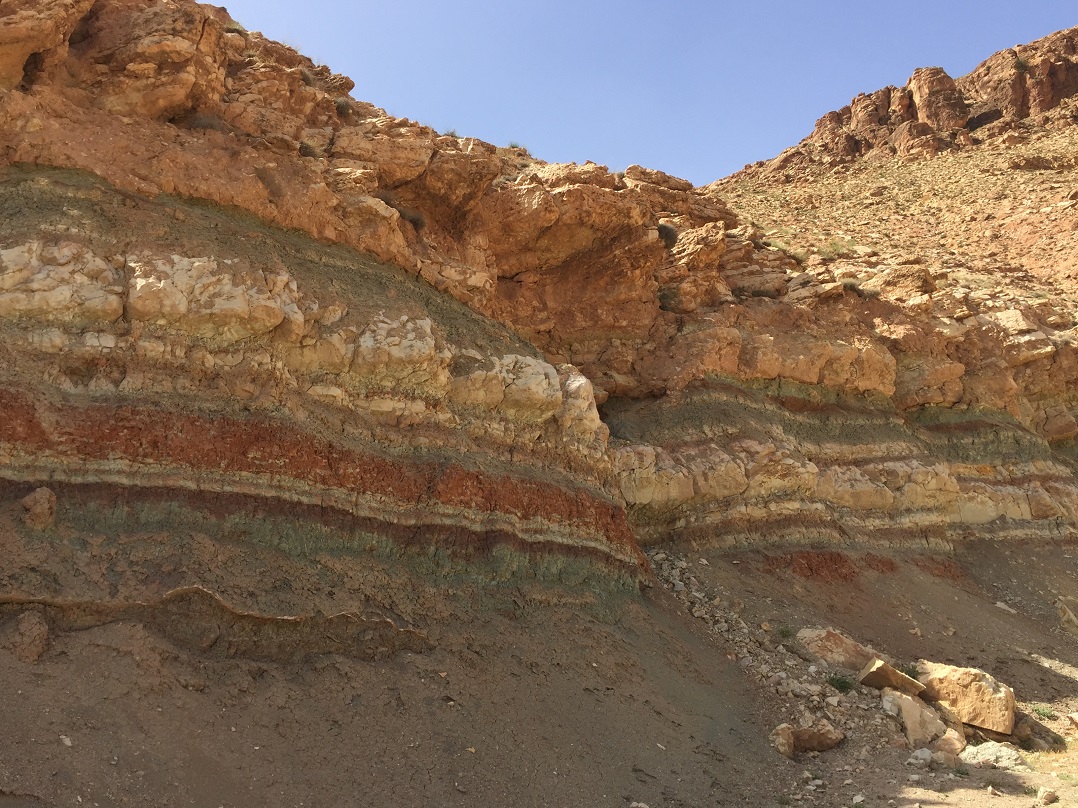
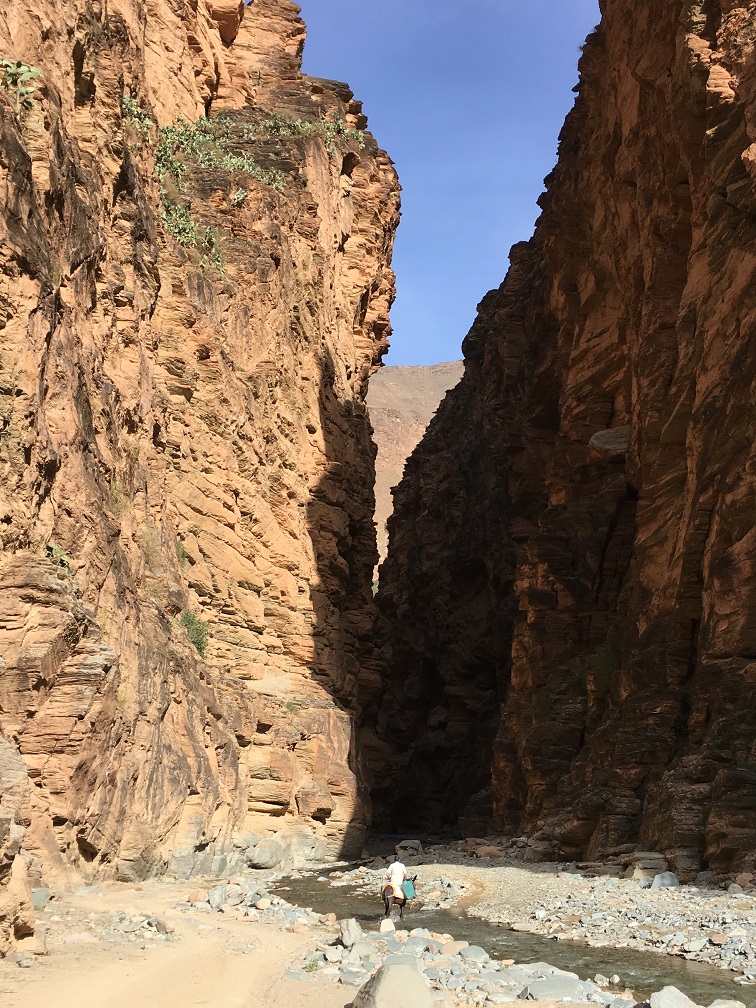
(all taxes incl.)
Total for 4 persons: 2520 MAD (252 EURO)
Total for 6 persons: 2840 MAD (284 EURO)
Total for 8 persons: 3240 MAD (324 EURO)
For other group sizes, please Contact Us
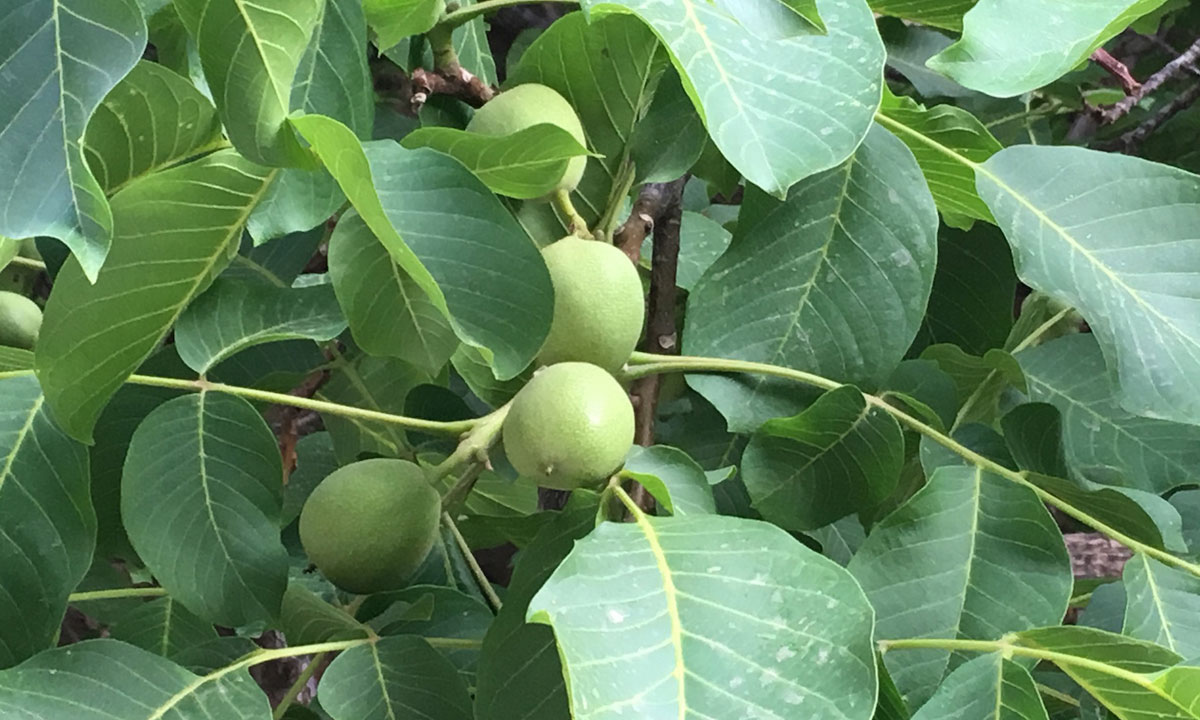
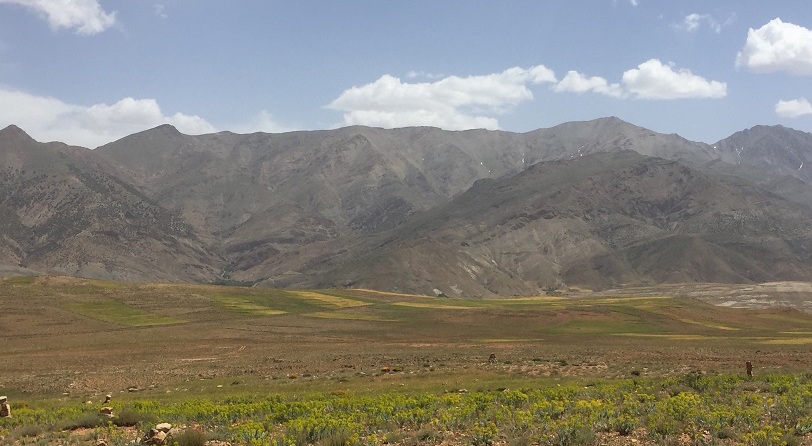
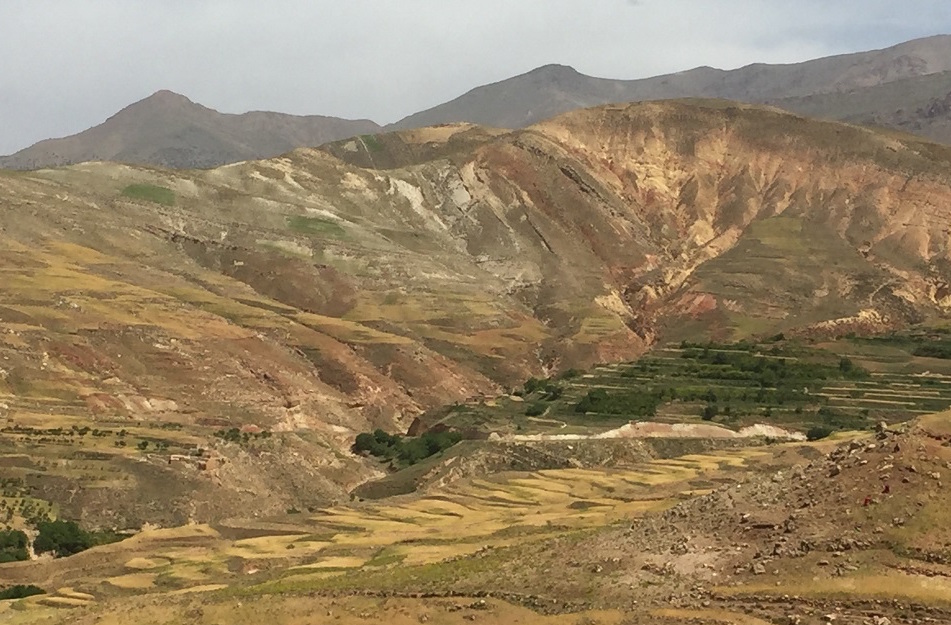
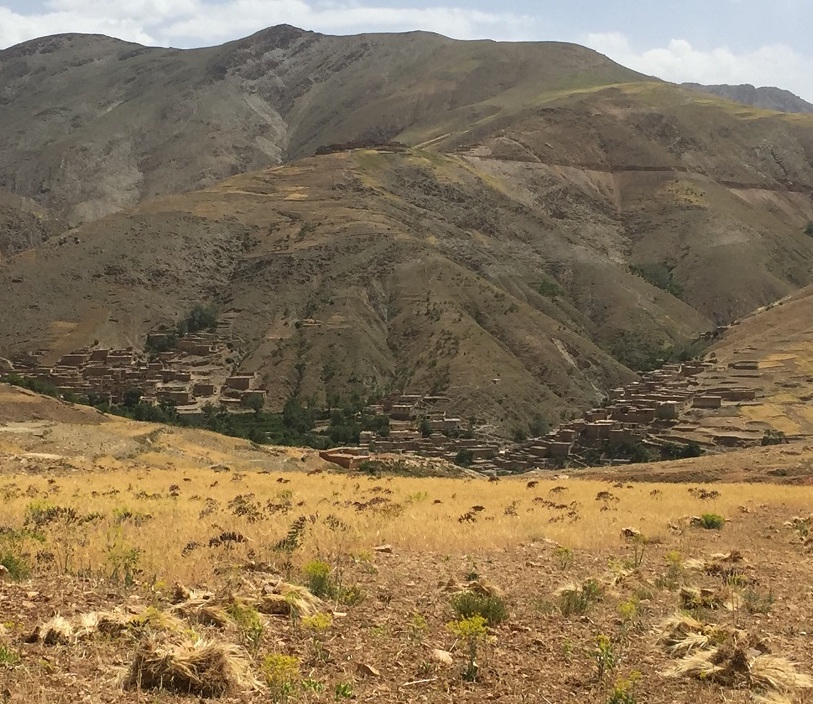
WHAT ATS OFFERS :
A Moroccan Guide with much local knowledge
Lunch in a traditional Berber home
Tea in a remote Berber community
